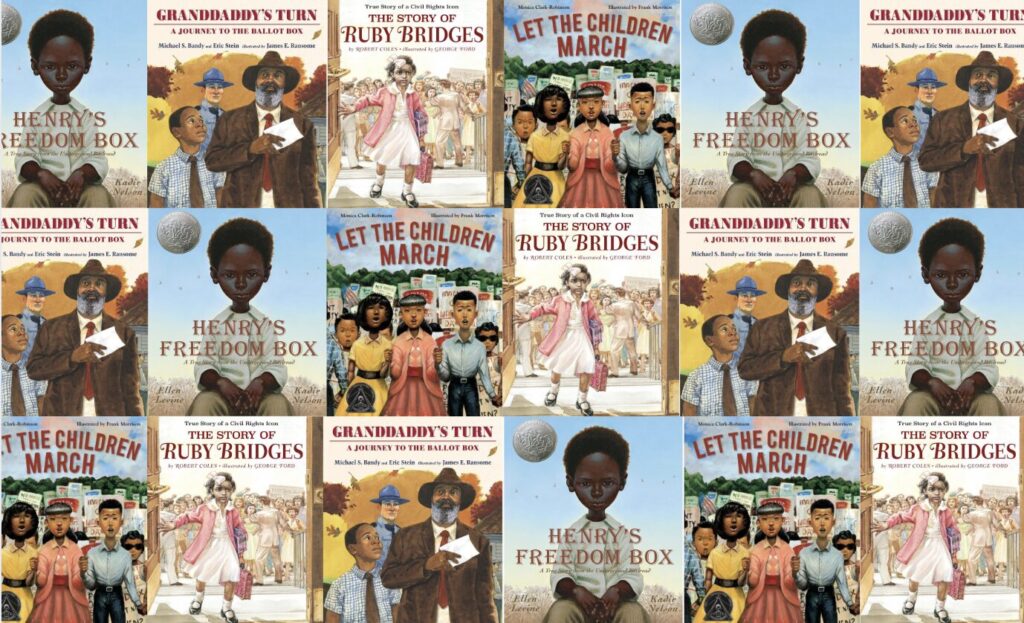 The customs officer peered at me over his sunglasses and asked what I did for a living. When I told him I gave professional development workshops to teachers, he hit me with the question that plagues the minds of parents and educators across geographic lines, “So what are we going to do about this technology and our kids?”
The customs officer peered at me over his sunglasses and asked what I did for a living. When I told him I gave professional development workshops to teachers, he hit me with the question that plagues the minds of parents and educators across geographic lines, “So what are we going to do about this technology and our kids?”
Indeed. We all wonder about our “digital natives” (the children whose entire lives have been immersed in a technology-saturated culture) while us “digital immigrants” (those who have not grown up in a digital world) remember what life was like before technology invaded the planet.
At the pinnacle of our concerns is how to get kids to read when so many digital activities vie for their time. Scholastic’s 2008 Kids & Family Reading Report studied the factors shaping children’s relationships with reading in the 21st century.
Among their findings:
- After age eight, more children go online daily than read books for fun daily.
- Kids between the ages of five and 17 are not about to give up on printed books.
- Three-quarters of kids of all ages agree that “no matter what I can do online, I’ll always want to read books printed on paper”.
One thing is for certain: the reading landscape in the 21st century stretches far beyond the borders of a paper book. We are surrounded by multiple literacies, from reading online to participating in virtual classrooms, and, as such, our notion of traditional literacy has expanded. While the three Rs (reading, writing, arithmetic) are still the basics, we need to value these other types of literacies, especially if we want children to embrace what the present – and the future – holds for them.
So how does technology make reading more worthwhile? It helps readers interact and connect with what they are reading, which is key to engaging a reader. The varieties of visual and audible forms help kids access the content in different ways rather than just through pictures and text. This helps them stay in the game of reading, especially for boys who thrive on visual language. While it will always be hard to beat the loving interaction between a parent and child reading a book together, the variety that technology offers in the reading experience may help kids understand that reading matters more than ever.
Expand the reading experience with technology
- Use the Internet to leverage a positive reading experience. Encourage kids to extend the reading experience online in order to fuel a positive reading experience and enhance their connection to the book. Visit an author’s website and let your children get immersed in the content related to their favourite books. They can sample new reads or share reviews with other fans and maybe find an author’s podcast about how the story idea was born.
- Consider buying an e-reader. If you can’t beat digital distractions, get one that makes reading books easier. E-readers save space and money, as most e-books are less expensive than printed books. The unique e-ink technology is easy on the eyes (unlike the glare on a computer screen, which makes reading for extended periods difficult). E-books are equipped with a host of other features such as interactive dictionaries and note-taking options. Libraries also offer e-book lending services.
- Get your little one a recordable storybook. A storybook that lets readers record themselves reading a story, as if they were the actual character, is a fun and interactive way to engage young minds. Watch your child’s face as they hear grandma’s familiar voice rise from the pages of the book. It captures a child’s attention and encourages a connection to the story and the reader. Even a parent away on a trip or out for the evening can still “read” the bedtime story.
Originally published in ParentsCanada magazine, December 2012.


















